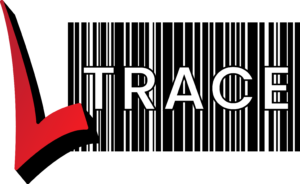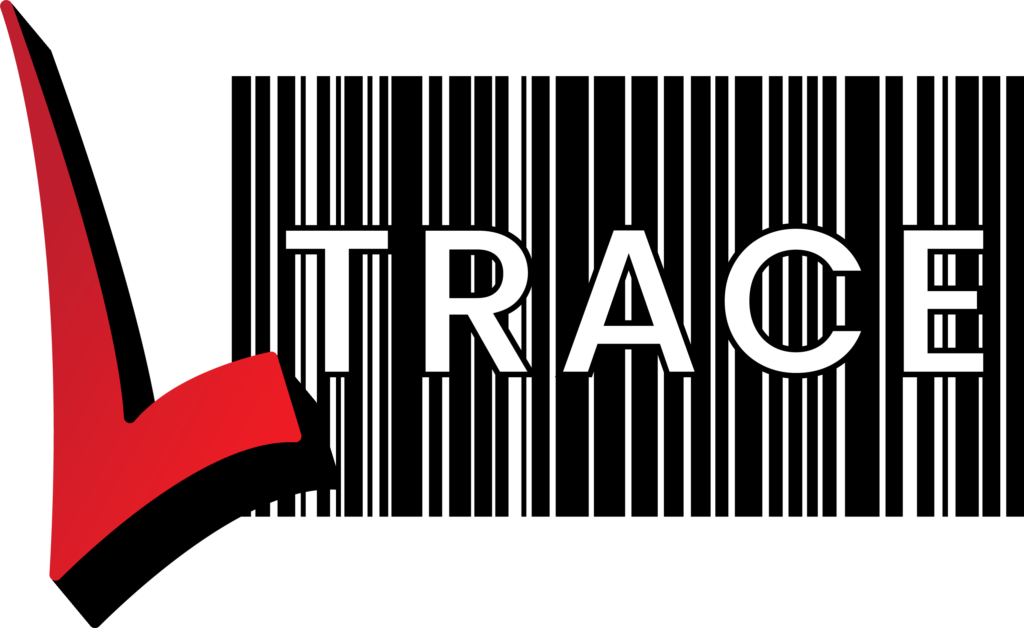The issue
Most hospitals do not know the true cost of sterilising an item. Instead they assume a figure that is likely to be decades old and based on someone’s guess.
This means that it is impossible to accurately pass the true cost onto the patient, or to know the true cost of a procedure.
It also means that the decision to use single use or reusable instruments is often based on totally inaccurate numbers. In a number of cases, once the true cost of sterilisation was determined, the financial justification for single use instruments became much stronger (though there is still the environmental impact discussion).
A simple pricing structure
For most hospitals they have thousands of instruments and trays that they process. To work out how much each one would cost to sterilise would be too daunting.
A simpler solution is to categorise all the items. One common method is to have 10 categories, and have a price for each category.
Personally I like this method, but with some disclaimers.
- Use the standard categories as a starting point, and move items between them based on your own experience.
- Do not assume there is any relationship between categories. For example, category 2 may be twice as much as category 1, but category 10 is not 10 times the price. I would actually go as far as to say category 10 would be 100 times the price.
Category 1 is simple – it is your single instrument in steripeel.
Category 10 is also simple – it is your biggest, most complex set you have.
And later I will try to update guidelines for the other 8. For now, I want to move on.
Types of expenses
Totally fixed
There are a number of expenses that are totally fixed, and are independent of the workload. This is the cost of just having a CSSD on site. These include:
- office overheads (power, water, rent, etc)
- management wages
Finance should be able to provide most of these numbers. It may aslo be the case that some of these are just incorporated into the hourly rate for staff.
Directly proportional
There are a number of expenses that are directly proportional to the actual item being processed. These include:
- Packaging
- Labour (time to wash and pack)
Most of the time calculating the cost is working out the labour cost.
The simplest way is the old fashioned “Time and motion study”. Simply get someone to process the item and time how long it takes them. In an accurate study you would do this many times, but given that we are going to group them together, we don’t need super accurate data. Instead, do it once and my recommendation is to add 20% (multiply by 1.2). The reason for this is simple – people will always do things quickly when being timed, and will be slower when doing it normally. It also takes into account any issues that may arise.
You want to measure the time it takes to decant, wash, and pack the item.
Once you know the time, multiply it by the hourly rate. Note that the hourly rate will be determined by the finance department and will include a margin for leave, training, etc etc etc. In most departments they will also have staff at various pay grades. Use the average or most likely grade.
Mostly proportional
I suspect there is a better name for this category, but hopefully this will quickly make sense.
Mostly proportional expenses are the ones that depend upon how much work you have, but will actually change based on the total volume of work.
They include:
- regular maintenance (e.g. annual services)
- daily test cycles
- asset depreciation
Volume factor
The final number that you need to know is what proportion of the sterilisation load and wash load the item takes.
For example, if you have a steriliser with two shelves, and a tray takes up an eighth of the shelf, then overall it takes up 1/16th of the load.
You need to take into account how you would typically load the steriliser. For example, with the tray above it may be loaded in such as way that it effectively uses half the shelf. In extreme cases you may have an item that needs a special cycle in which case it uses the entire load.
For small items like steripeel, it is possible to put hundreds in one load, or at other times they may be spread out. My recommendation is to never go below 1%.
You want to express these numbers as a number between 0 and 1, where 1 represents 100%. For example, 12% would be 0.12.
You will need to do this for the steriliser and the washer.
Quantities
The benefit of a tracking system is that you can instantly calculate the number of loads you do each year.
You want to know how many sterilisation and wash loads you do each year. These are true loads, not test loads.
It’s up to you if you want to include fast track loads.
Putting them all together
Cost per load
Cost per load = Mostly proportional / number of loads
Remember you will do this for sterilisers and washers. You may want to split this further for specific types of equipment.
Cost per item (stage 1)
Cost per item =
Direct proportional
+ Cost per load (steriliser) * Volume factor (sterliser)
+ Cost per load (washer) * Volume factor (washer)
Fixed costs
The above formula has not taken into account the fixed costs.
It may be the case that there aren’t any because they are all factored into the hourly labour rate. If that is the case then you can skip this section.
A lazy method is to just add it into the cost per load for the sterilisers. That is:
Cost per load for sterilisers = (Mostly proportional costs for steriliser + fixed costs) / number of loads
The problem is that the cost is now spread over the size of the item. You may decide that this is reasonable, and for the few exceptions it doesn’t matter.
A more complex allocation
Another method is to allocate it based on the time it takes to process. With a sterilisation tracking system it is possible to calculate this reasonably quickly, BUT it assumes you have already allocated the categories to all items.
- Run a report for the previous year (or half year or month) to get the total number of items processed broken up by category.
- Calculate the total number of hours for each category (number of items x processing time for category)
- Add them together to get the total number of hours
- Hourly fixed cost = The fixed costs divided by the total number of hours
What sort of numbers should I expect?
You will probably be in the right ballpark if you see the results and are amazed at how high they are.
A steripeel item is typically a couple of dollars.
A large tray is likely to be close to $100.
The hidden cost of loansets
Everyone knows that loansets are a burden, but it is now possible to see how large a financial burden they are.
It is not uncommon for a hospital to receive a loanset with dozens of trays that need sterilising. If a tray costs $50 to $100 to sterilise, that’s now thousands of dollars that are involved in sterilising the loansets.
When it comes to the procedure, however, only a couple of them are actually used. These trays are then washed and sterilised again, ready to be returned.
Most hospitals will not pass on these expenses. If they do, it is typically only those items that are used.
Too complex?
What I wanted to show with this post was that it is possible to work out a reasonably accurate idea of the true cost of sterilisation.
The finance department can be a great ally when it comes to getting these numbers. As I said previously, if you can’t get the cost of very old equipment then talk to a sales rep to get a ball park figure for new equipment.
Also keep in mind that we are here to help with the analysis and implementation. We can help with extracting the information from LTrace as well as implementing the setting of the categories and prices.

